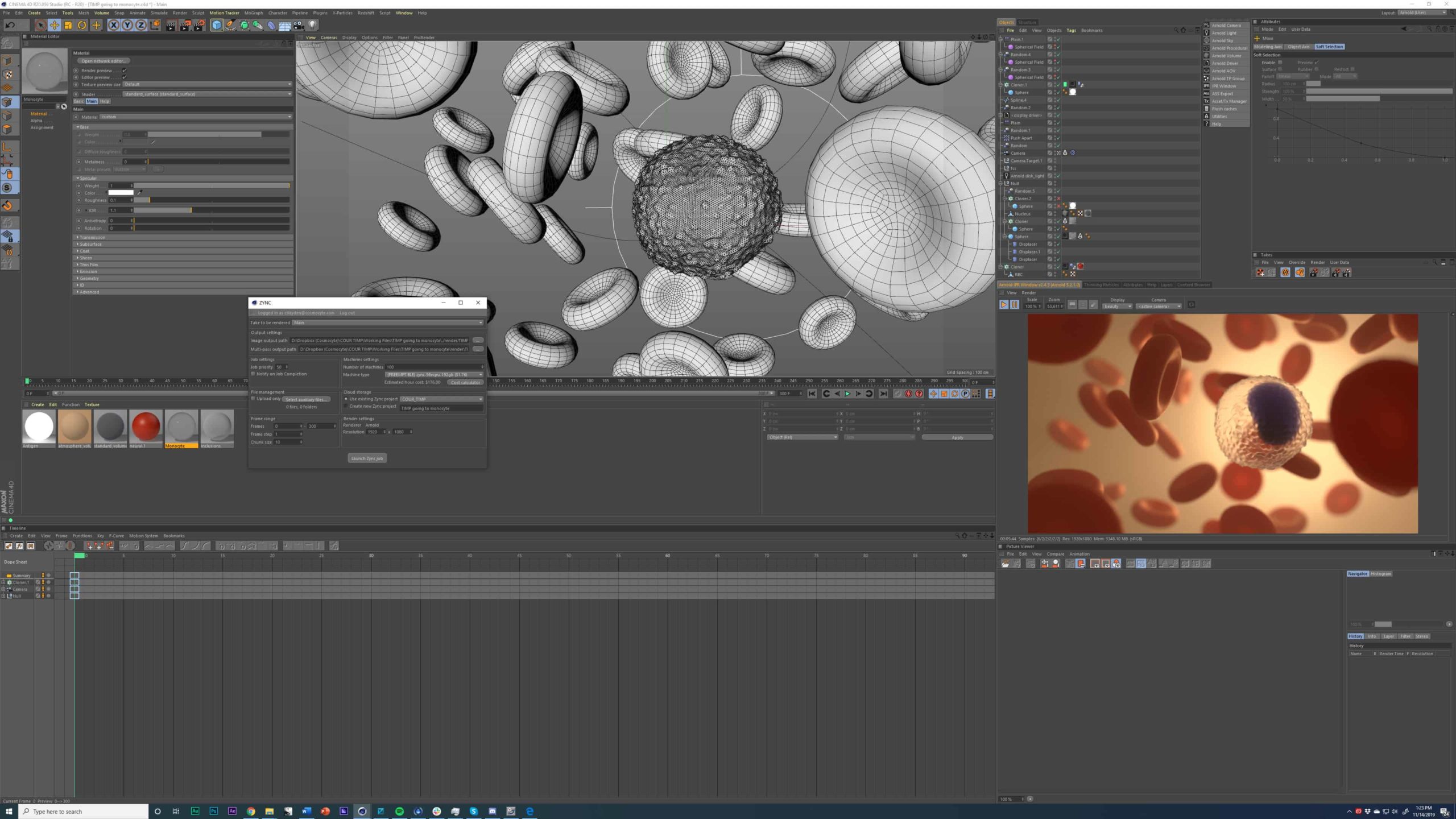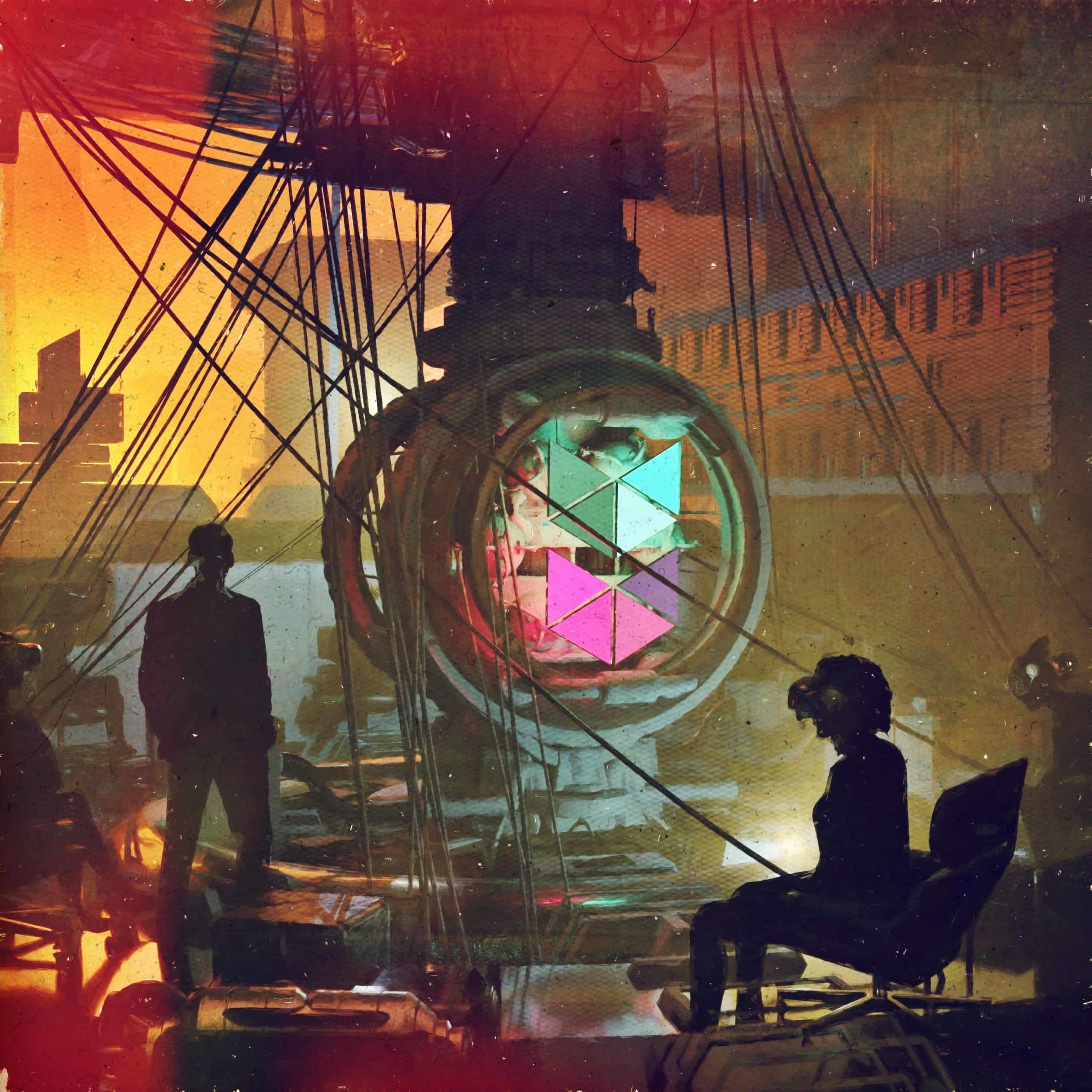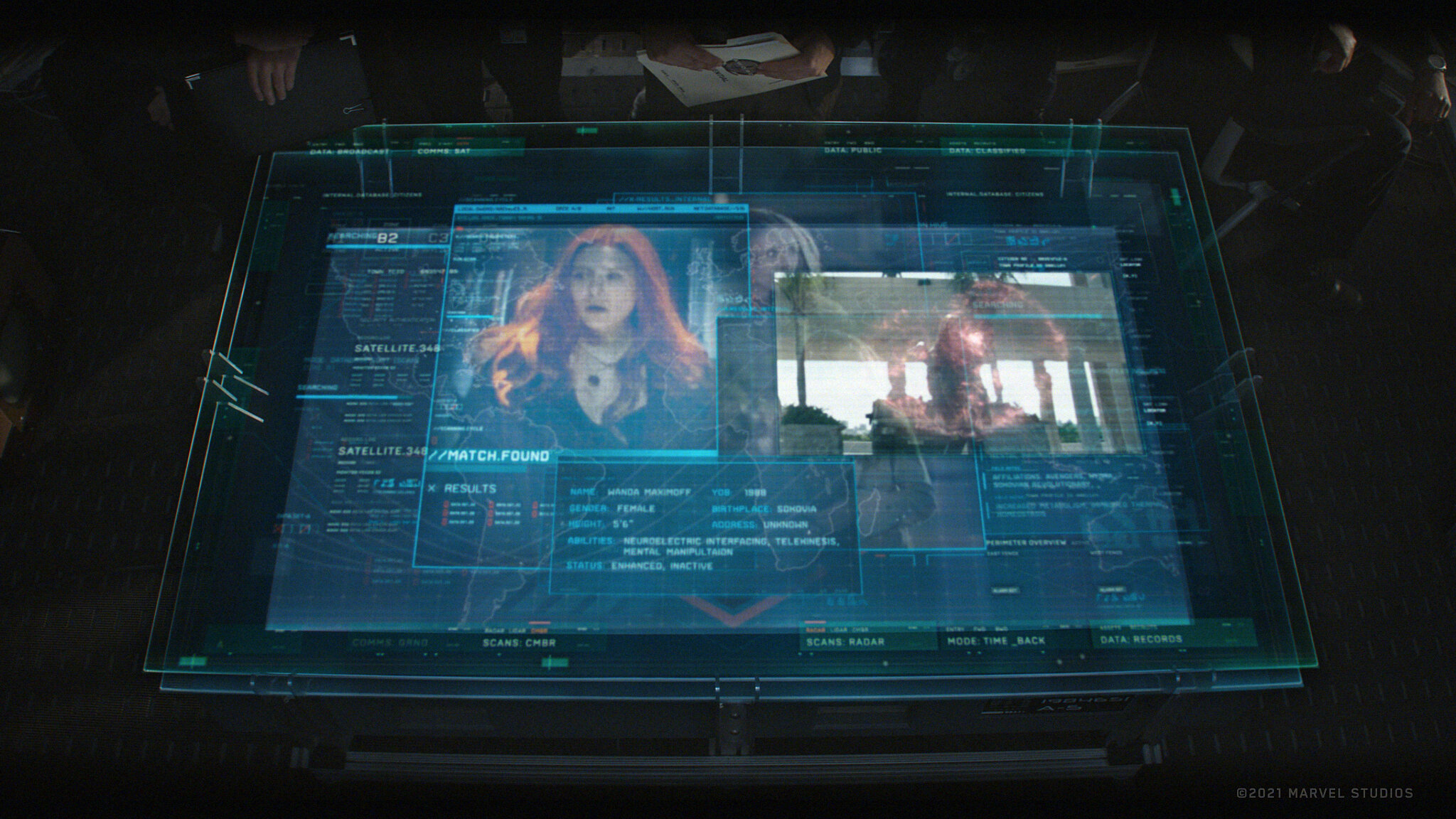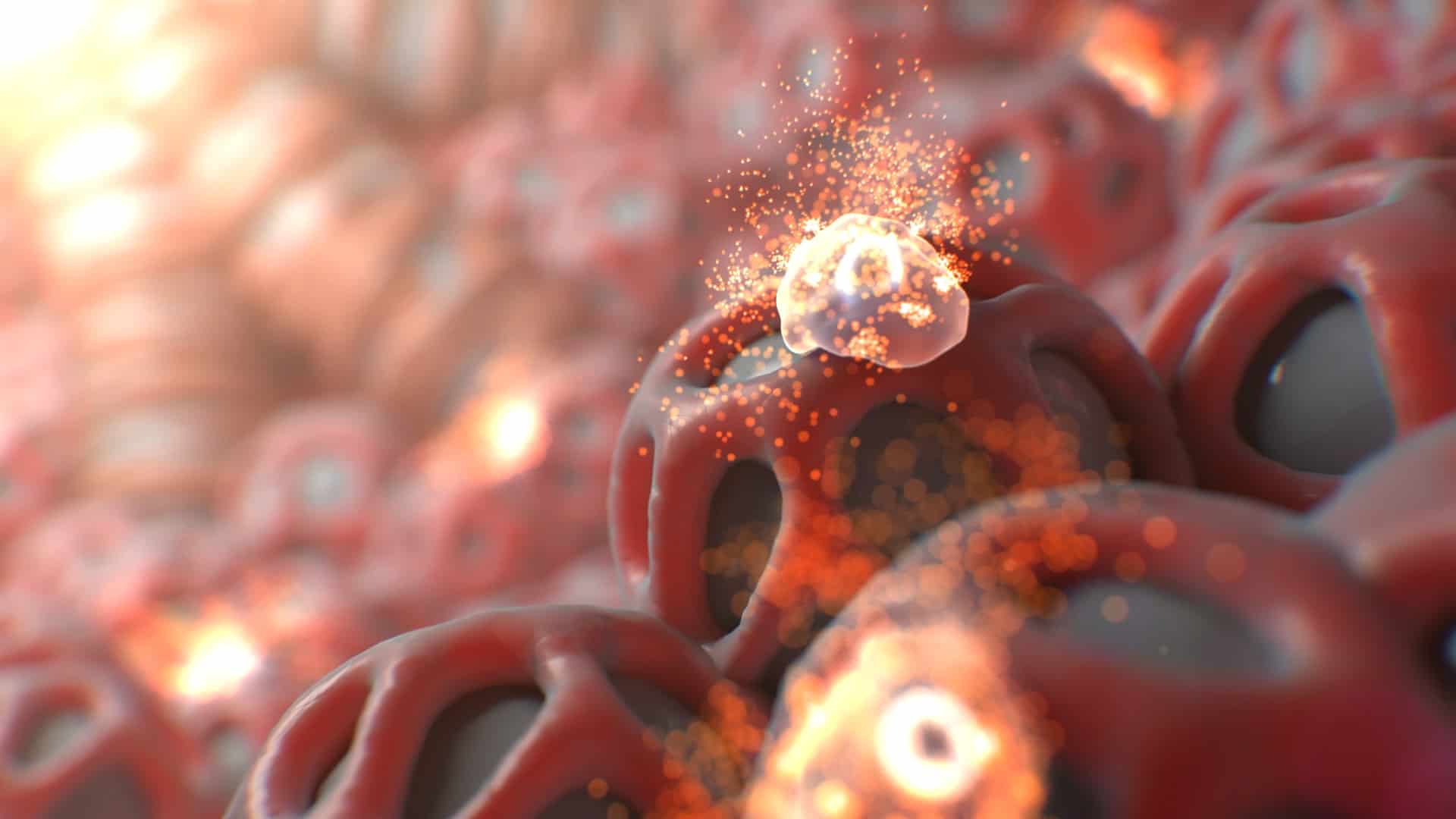
Microverse Studios on helping a cutting-edge biotech firm visualize the future of medicine.
By Meleah Maynard
It may sound like science fiction, but biotech company, COUR Pharmaceuticals is pioneering the use of nanoparticles to reprogram the immune system as a means of treating autoimmune diseases and severe allergies. Following successful clinical trials for treating celiac disease, the company is now focused on nanoparticle therapies for peanut allergy, multiple sclerosis and more. This ground-breaking research could change many people’s lives for the better—It’s also very hard to explain.
That’s why COUR turned to Microverse Studios for help. Founded by Cameron Slayden in 2005, Microverse specializes in scientific storytelling for innovators in the biotech, pharmaceutical and medical device fields. Using Cinema 4D, Arnold and Google Zync, Microverse worked closely with the scientists at COUR to create about 3 minutes of high-end video explaining their work to potential investors.
“Early-stage biotech companies often struggle with explaining what they do,” says Slayden, adding that there are a lot of new technologies competing for the same investment and media attention, and it’s easy to get lost in the noise. “This client has figured out how to use nanoparticles to treat the root cause of autoimmune-related disease and our job was to help them stand out.”
They key, he says is telling a good story, and what makes Microverse different is they recognize that, without good storytelling, science can sometimes be boring.
“If you’re not an expert in the field being discussed, it’s easy to get lost. I’ve done a lot of research into story structure and how it relates to short-form cinema. The goal for any hard-to-tell story is to make it as interesting as possible, and if you combine a compelling narrative with some bad-ass visuals, it’s hard for people to look away.”
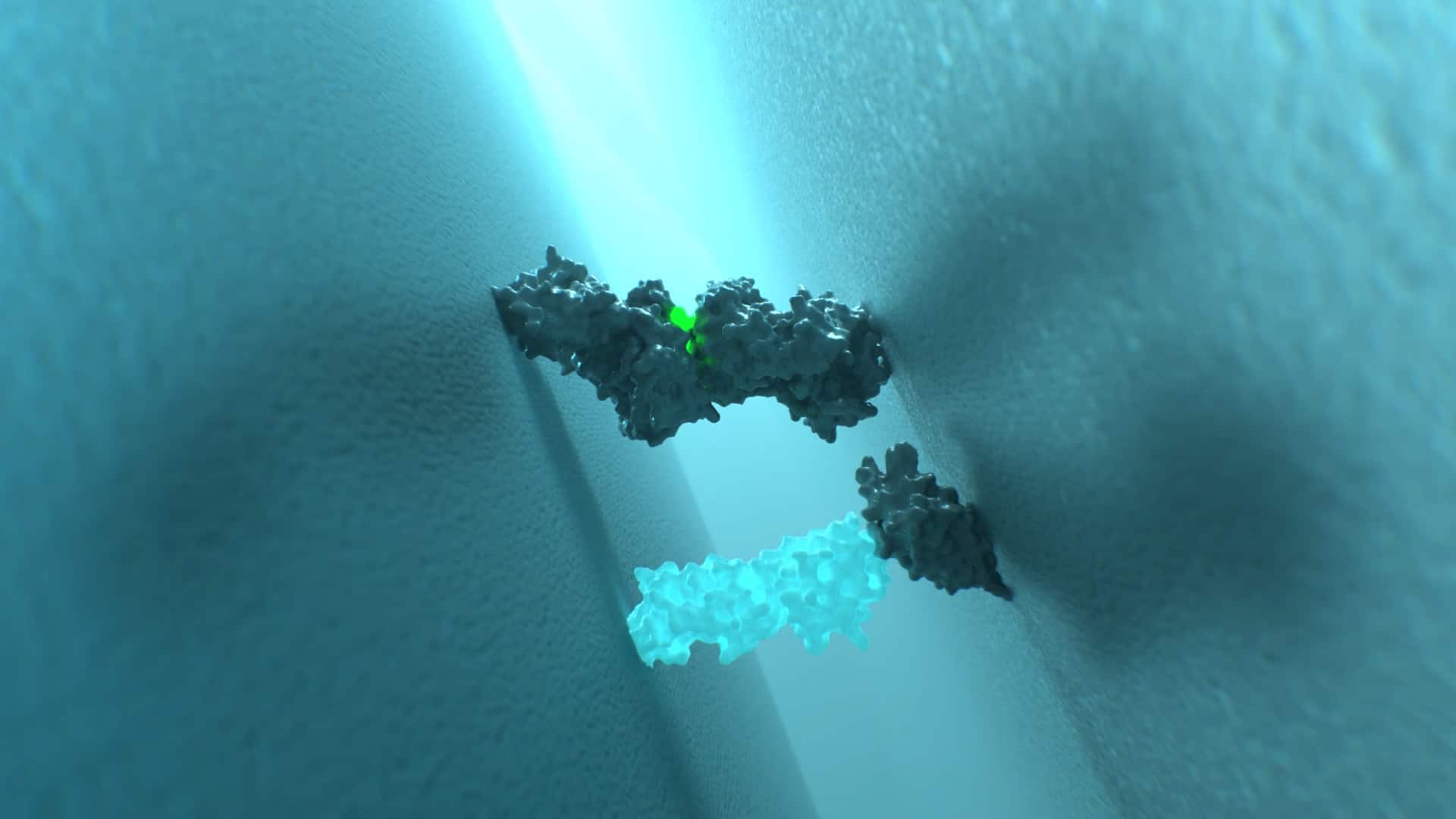
Microverse used ePMV, a Python plugin for C4D, to create proteins, the actual atomic surfaces of which always look like chewing gum, Cameron Slayden says.
Eight Glasses a Day
Slayden was already skilled at drawing when he realized in high school that he wanted to study art and science in college. After graduation, his degree and portfolio in hand, he got a job as an illustrator for Science Magazine where he worked for several years before going back to school to get his master’s in medical illustration. That level of training has been essential to Microverse’s success since most of the work the studio does is watched by medical doctors and PhD-level researchers.
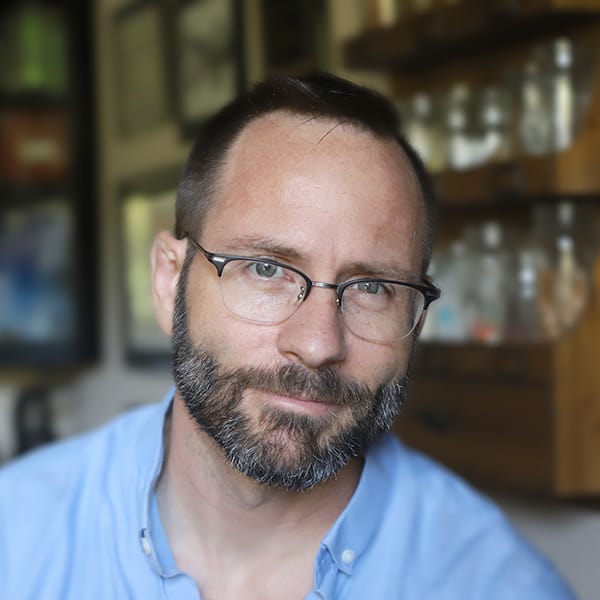
Slayden’s approach to scientific animation makes science anything but boring.
“Getting my master’s gave me a whole new level of competency,” he says. “Most people just sip science in their newsfeed or social media or what have you. For me, every project is a completely new subject, so I end up drinking about eight glasses of science a day learning about the nuances of antibiotic resistance, cancer, viruses and molecular interactions—it’s a never-ending smorgasbord of knowledge and you have to love it, or it would be too much to handle.” All of Microverse Studio’s animators have master’s degrees in medical illustration and share his passion for science.
View Microverse’s case study on the project here
Because the human body is alive, everything is always moving in biomedical animation. Combining his knowledge of science with Cinema 4D, Slayden visualizes all manner of processes by considering what is happening in the body, and coming up with a visual metaphor to help audiences understand. For the COUR project, he envisioned a forest fire when creating a scene showing the body’s inflammatory immune response in patients with multiple sclerosis. Watch the video here.
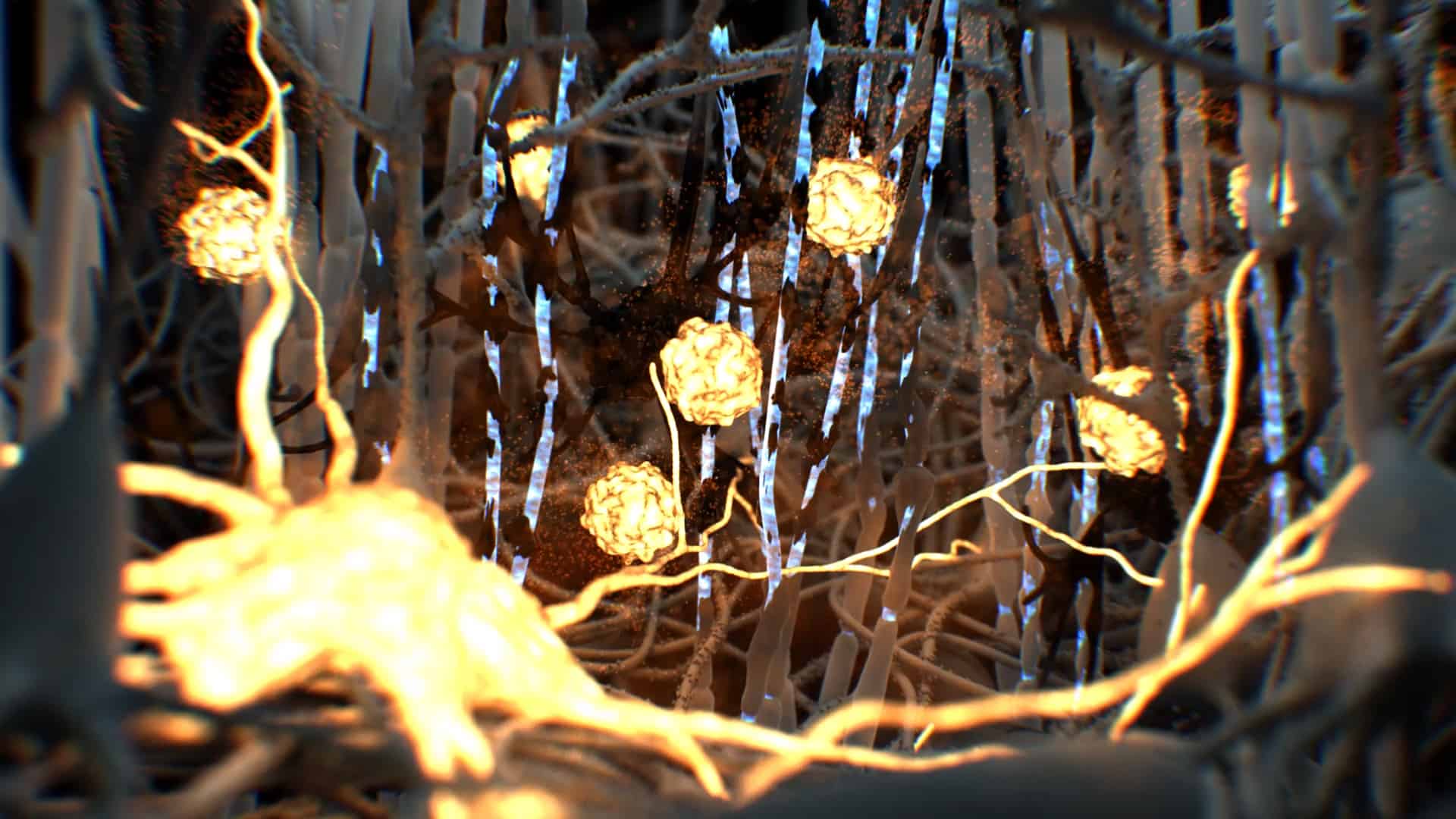
Microverse ran several looks by the client for the multiple sclerosis scene before deciding on what Slayden calls, “Narnia in winter.”
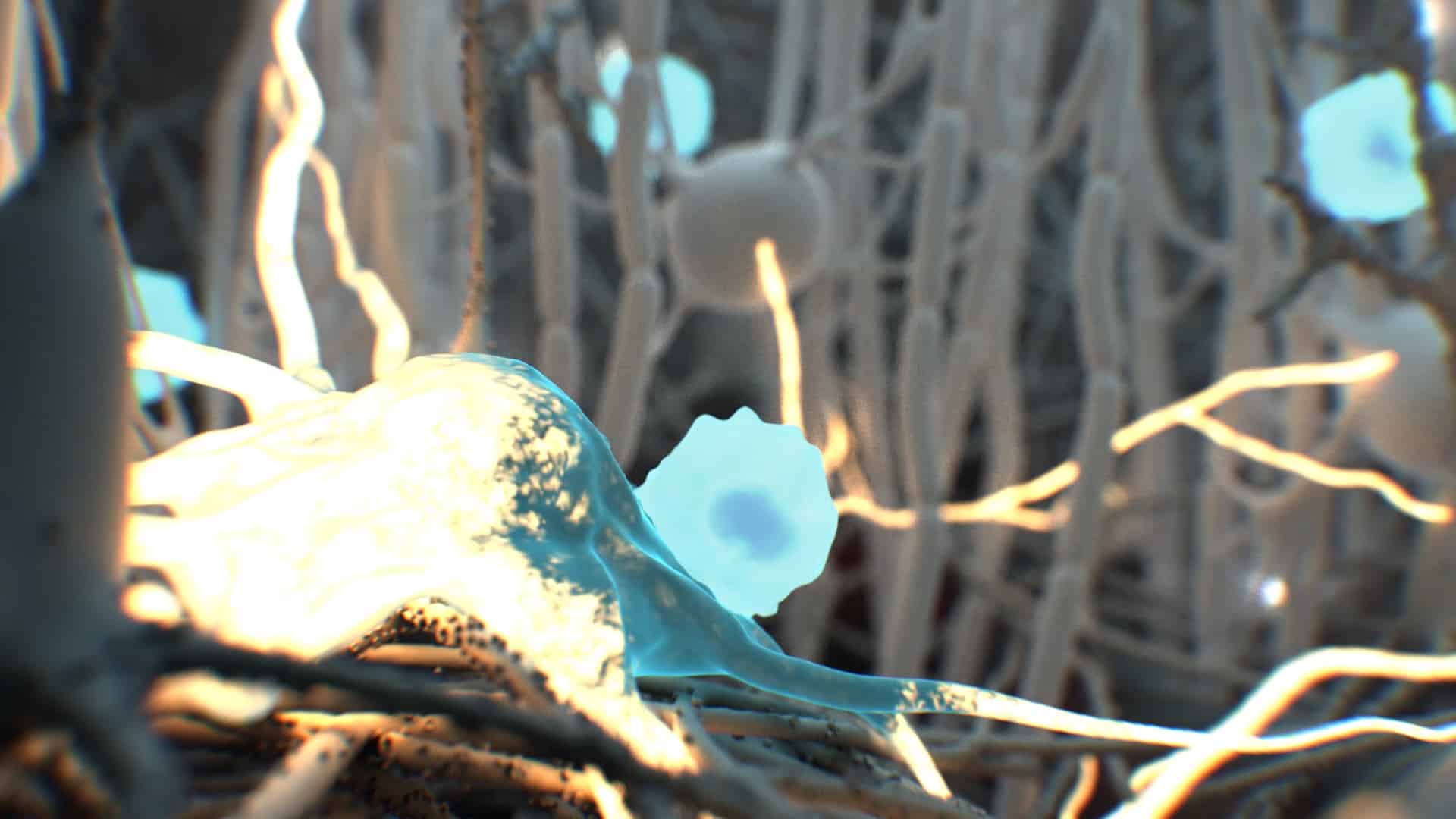
Regulatory T cells to the rescue.
Later in the video, Slayden’s favorite scene shows regulatory T cells (Tregs), made as a result of COUR’s nanoparticle technology, stop the immune system from mistakenly attacking itself. Essentially, they are what put the fire out, he explains. “In reality, Tregs literally go up to cells and crawl all over them like energetic puppies, calming inflammatory cells down through constant contact and suppressing their release of inflammatory signals.”
Slayden used a vertex map, governed by a noise (poxo)-containing shader field to create the cell’s burning glow, allowing him to easily extinguish it with another expanding spherical field when the Treg makes contact. The Tregs themselves were simple spheres with displacement deformers using noise patterns set in world space, making the cells look as if they were swimming or crawling through the scene.
Harnessing the Power of Arnold and Google Zync
As is often the case, one of the biggest challenges with this project was the tight deadline, just one month from script approval to final delivery of three, two-minute animations. But Slayden took on the project because he could see there would be some overlap in the three product applications the video would be covering. He also knew he could rely on Google Zync to render things quickly and affordably. Unlike other online render farms, Zync is natively supported within the C4D user interface, and it also supports a number of 3D applications as well as Redshift, Arnold and other renderers at a fraction of the cost of building an in-house farm.
“I used to be somewhat afraid of using a third-party render farm because of the clunkiness of file transfers and concerns about expense, so we always relied on an in-house farm of about 20 machines,” he recalls. But going that route cost Slayden about $10K per year just to replace obsolete machines and expand the farm’s capability. Now, after switching to Zync, sequences that would have had to render overnight take only a half an hour. He is also currently working on incorporating Redshift into Microverse’s pipeline.
Combining C4D, Arnold and Zync allowed Microverse to COUR’s high-end biotech video in a fraction of the time they would have needed in the past.
“It’s like the lid has been blown off Microverse Studio’s production capability, both how fast we can work and how good we can make things look,” Slayden says. “If a scene or an effect can be imagined, it can be made a reality without worrying about whether there’s enough time to render it. That lets me focus on my true passion, making every frame a painting, every scientific message an adventure. I can’t wait to see what the future holds.”
Meleah Maynard is a writer and editor in Minneapolis, Minnesota.


